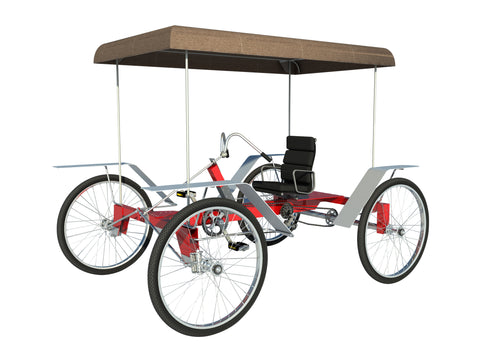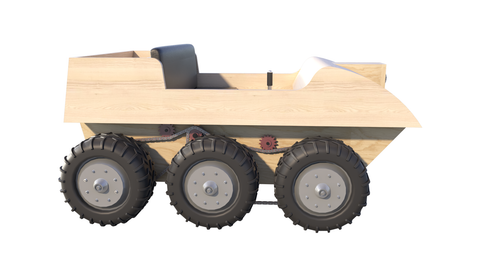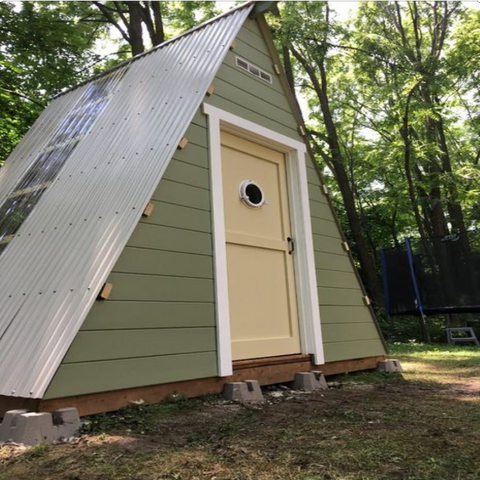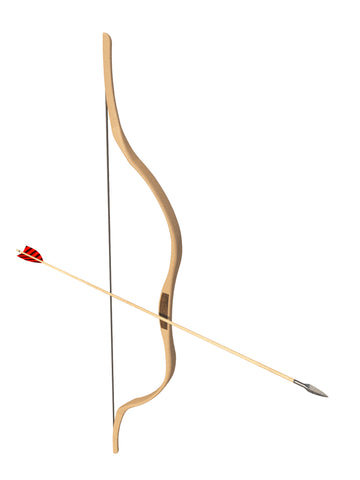Two Horse Race Track Starting Gate Plans DIY Starting Barriers For Training Outdoor Sports
These Two Horse Race Track Starting Gate will show you how to build your own 2 horse racing gate. This is a fun way to race with your friends and family. It is easy to move around.
What is a Horse Racing Starting Gate?
A lot of people may have the misconception that horses simply glide into a horse racing starting gate. While they do not, horses must learn their role in the process from birth. The horse racing starting gate weighs approximately 12,000 pounds and is electromagnetized. Even though the gate is electromagnetized, all of nature plays a role in opening it. The horse must know its role and be born knowing how to open it.
Starters
Race starters are responsible for ensuring that races are held in a fair and efficient manner. This job requires a lot of communication skills and the ability to command respect. Depending on the position you want to hold, you may be paid from $600 to $1000 a year. This article will discuss some of the most common positions of horse racing starters. Listed below are some of the most important ones. They're important because their work is crucial for a horse's performance.
Starting gates
A starting gate, also known as a starting barrier or starting stall, is a place where a horse or dog can begin the race. It is the responsibility of the gate to make sure that all participants are given a fair start in horse racing or dog racing. Here are a few facts about starting gates. To understand the importance of these gates, you need to understand the purpose of these structures. In addition to fairness, starting gates are essential for the safety of all participants.
Handrails
There are many reasons why it's important to have handrails at the horse racing starting gate. Aside from preventing the horses from slipping out, they are also more secure, providing added security for the owners. Having handrails in place makes the horse track safer for the general public, as well as for the jockeys. The first reason is obvious: to protect the horses. The second reason is to ensure fairness. The horse racing starting gate is often set far ahead of the main gate, with the outside horse being able to run faster than the inside one.
Electric gates
If you're running a racecourse, then you've probably considered the installation of electric horse racing starting gates. These gates swing 450 degrees from closed to open. The opening and closing of the gates serve as visual guides, which can make the start of a race more efficient. And if you're looking for an electric horse gate, RSI is the name you can trust. With their proven safety record, these gates have become a standard at many racecourses.
Rear gates
When entering the starting gate, racehorses go through a rigorous training routine. According to Gemma Pearson, Advanced Practitioner in Equine Medicine at the Royal (Dick) School of Veterinary Studies at the University of Edinburgh, trainers must be adept at the use of the aids. When the trainer fails to do so, the horse may resist entering the gate, which can pose several safety risks and negatively affect the horse's performance.
Sam Houston Race Track
If you're a fan of horse racing, you might be wondering what goes on at the Sam Houston Race Track. Located in Houston, Texas, this racetrack has been a staple of the Houston Racing Festival since 1988. The gates open at 10am Central and there are several promotional opportunities to enjoy. One of these is the $5,000 Giveaway, where winners will receive a saddle cloth vest of a filly in the race. Last year, David Sanders won the $5,000 and Letruska went on to national prominence in Grade 1 competition throughout 2021.
Fornells
If you are planning to build a new racecourse or improve the one you have, you should consider installing a Fornells Horse Racing Starting Gate. The company has been supplying racecourses with stalls for many years. Since then, the company has honed its design and manufacturing process, making it the preferred choice of more than 800 racecourses and equestrian centres worldwide. Its engineers are available to assist you in choosing the right product for your specific needs.
All DIY plans are designed by Ben Stone. Ben is a retired Engineer in Canada. Ben also drafts these himself using the latest AutoCAD software to ensure accuracy. He studied Engineering back in the early 1980's. After over 30 years in the Construction industry he developed a passion for building cool items around his farm and cabin. These are great DIY projects. With a little skill anybody can Do It Yourself. Ben is always a email away if you have any questions while building one of his projects. He is adding new plans all the time.










